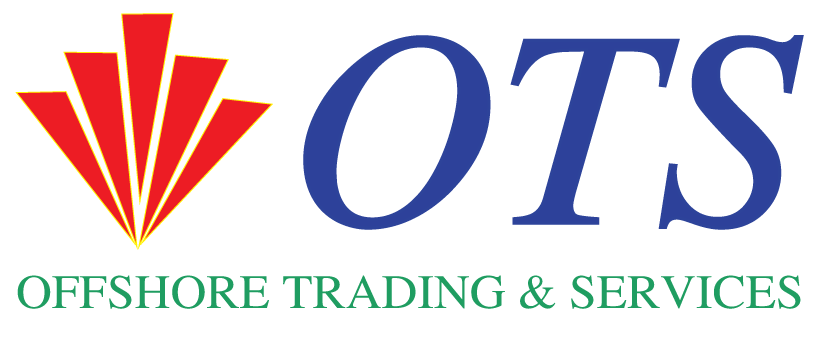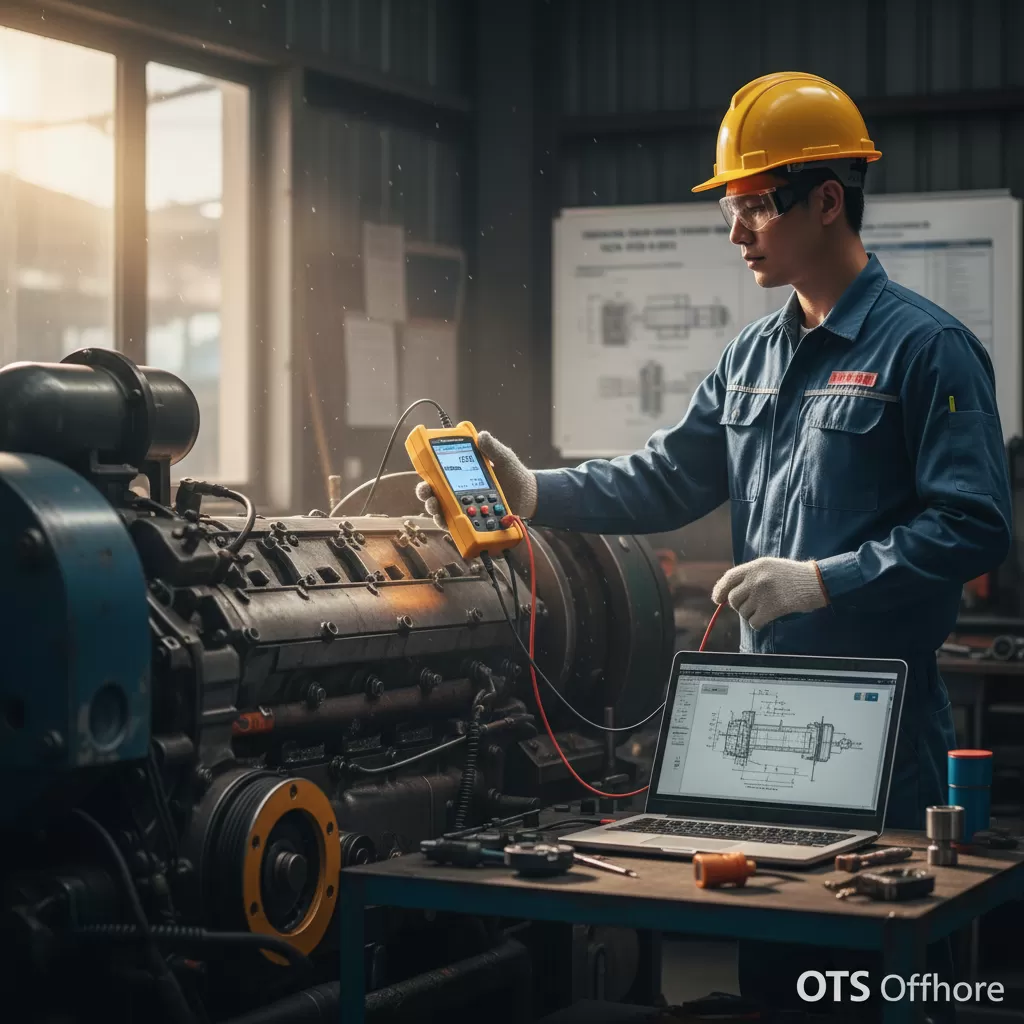This article provides an overview of mechanical vibration measurement and assessment standards, specifically focusing on TCVN 9729-9:2013. It delves into the critical aspects of defining vibration parameters, outlining measurement methodologies, and detailing assessment criteria essential for ensuring the operational integrity and safety of mechanical equipment within the oil and gas and energy sectors.
Overview of Mechanical Vibration Measurement and Assessment Standards: TCVN 9729-9:2013
An Overview Mechanical Vibration is a foundational element in the proactive maintenance and operational health monitoring of critical assets in the oil and gas and energy industries. Understanding and adhering to established standards like TCVN 9729-9:2013 is paramount for preventing catastrophic failures, optimizing performance, and ensuring the safety of personnel and the environment. This standard provides a comprehensive framework for quantifying and evaluating the dynamic behavior of machinery, enabling informed decision-making regarding equipment condition and necessary interventions.
The Crucial Role of Overview Mechanical Vibration Standards in the Energy Sector
Mechanical vibration, while a natural phenomenon in rotating and reciprocating machinery, can become a significant indicator of impending failure if left unchecked. The energy sector, characterized by its high-value, continuously operating equipment such as turbines, pumps, compressors, and drilling rigs, faces substantial risks associated with unexpected equipment downtime. An Overview Mechanical Vibration, guided by robust standards, allows for early detection of anomalies, thereby mitigating costly unplanned outages and ensuring uninterrupted energy supply.
The interpretation of vibration data is not a mere academic exercise; it translates directly into tangible economic benefits and enhanced safety protocols. By establishing baseline vibration levels and understanding acceptable deviation limits, operators can differentiate between normal operating characteristics and detrimental condition changes. This proactive approach, facilitated by a clear Overview Mechanical Vibration, shifts maintenance strategies from reactive to predictive, significantly reducing maintenance costs and extending the service life of valuable assets. Furthermore, adherence to recognized national standards like TCVN 9729-9:2013 ensures a consistent and reliable methodology across different projects and operational sites, promoting a unified approach to asset integrity management.
Understanding the Fundamentals of Mechanical Vibration
Mechanical vibration refers to the oscillatory motion of a mechanical system around its equilibrium position. In the context of rotating machinery, this motion is often induced by imbalances, misalignments, bearing defects, gear tooth wear, or looseness in structural components. The energy sector relies heavily on the continuous and reliable operation of complex machinery, making the accurate measurement and interpretation of vibration a critical aspect of operational oversight.
The fundamental parameters used to describe vibration include:
– Amplitude: This represents the magnitude of the vibration displacement, velocity, or acceleration. Different units are used depending on the parameter being measured, such as micrometers (µm) for displacement, millimeters per second (mm/s) or inches per second (ips) for velocity, and g for acceleration.
– Frequency: This indicates how rapidly the vibration is occurring, typically measured in Hertz (Hz) or cycles per minute (cpm). Frequency is often directly related to the speed of rotating components or specific defect frequencies within the machinery.
– Phase: This describes the position of the vibrating component within its cycle of motion relative to a reference point. Phase analysis is crucial for diagnosing specific issues like shaft imbalance or misalignment.
Key Components of TCVN 9729-9:2013 for Overview Mechanical Vibration
TCVN 9729-9:2013, “Mechanical vibration – Measurement of vibration on rotating and reciprocating machinery – Part 9: General specifications,” provides a comprehensive guide for the measurement and assessment of mechanical vibration. This standard is vital for establishing a baseline for Overview Mechanical Vibration and ensuring consistent, comparable data.
Key aspects covered within the standard include:
– Definitions of vibration parameters: TCVN 9729-9:2013 clearly defines the essential vibration parameters and their units of measurement, ensuring a common understanding among engineers and technicians. This standardization is crucial for accurate data interpretation and comparison.
– Measurement locations and methods: The standard specifies recommended locations for vibration transducer mounting on various types of machinery, such as bearing housings, casings, and shafts. It also outlines appropriate measurement methods, including single-channel and multi-channel acquisition, and the use of different types of vibration sensors like accelerometers and velocity sensors.
– Instrument calibration and verification: Ensuring the accuracy of measurement data begins with properly calibrated equipment. TCVN 9729-9:2013 emphasizes the importance of regular calibration and verification of vibration measurement instruments to maintain their specified performance and accuracy. This is a cornerstone for any reliable Overview Mechanical Vibration program.
– Data acquisition and processing: The standard provides guidance on data sampling rates, record lengths, and signal processing techniques, such as filtering and averaging. These parameters are critical for capturing the relevant vibration frequencies and amplitudes and for minimizing the impact of noise and extraneous signals. Proper data processing ensures that the captured information accurately reflects the machine’s condition.
– Vibration assessment criteria: Perhaps the most critical aspect of the standard is the provision of assessment criteria. TCVN 9729-9:2013 outlines vibration severity levels based on machine type, size, and operating speed. These criteria allow for the classification of machinery condition into categories such as “good,” “satisfactory,” “unsatisfactory,” and “dangerous,” thereby enabling a systematic approach to Overview Mechanical Vibration assessment.
The Importance of Vibration Transducer Selection and Mounting
The accuracy and reliability of vibration measurements, and thus the effectiveness of any Overview Mechanical Vibration program, are heavily dependent on the correct selection and mounting of vibration transducers. TCVN 9729-9:2013 implicitly stresses this through its general specifications.
Considerations for transducer selection include:
– Type of transducer: Accelerometers are the most common choice due to their wide frequency range and sensitivity. Velocity sensors may be preferred for lower frequency measurements or when integrating displacement over time is desired. Displacement probes, typically eddy current sensors, are used for proximity measurements to the shaft surface, providing insights into rotor dynamics.
– Frequency response: The transducer must have a suitable frequency response range to accurately capture the vibration frequencies of interest for the specific machinery being monitored.
– Sensitivity: The transducer’s sensitivity determines its ability to detect small vibration amplitudes.
– Environmental conditions: Transducers must be chosen to withstand the operating environment, which in the oil and gas and energy sectors can involve high temperatures, corrosive substances, and explosive atmospheres.
Proper mounting of vibration transducers is equally crucial:
– Rigidity: The transducer must be rigidly coupled to the machine casing or shaft to ensure that it accurately measures the vibration of the component it is attached to, without introducing its own resonances or attenuating the signal.
– Orientation: The transducer should be oriented to capture the vibration in the direction of interest (e.g., radial, axial, or tangential).
– Stability: The mounting stud or base must be secure to prevent movement or loosening during operation, which can lead to erroneous readings or even transducer failure. A stable mounting is fundamental to a trustworthy Overview Mechanical Vibration.
Practical Application of TCVN 9729-9:2013 in Oil and Gas Operations
The oil and gas industry presents a unique set of challenges for machinery operation and maintenance. High pressures, extreme temperatures, and the presence of flammable materials necessitate stringent safety protocols and highly reliable equipment. TCVN 9729-9:2013 provides a robust framework for implementing effective vibration monitoring programs on critical assets.
Applications within this sector include:
– Rotating equipment monitoring: This encompasses pumps, compressors, turbines (gas and steam), centrifuges, and electric motors used in exploration, production, refining, and petrochemical processes. Early detection of issues like bearing wear, rotor imbalance, or shaft misalignment in these machines can prevent catastrophic failures, averting production stoppages and potential safety hazards.
– Reciprocating machinery analysis: Engines, reciprocating compressors, and positive displacement pumps are common in oil and gas operations. TCVN 9729-9:2013 guides the assessment of vibration on these machines, which often exhibit more complex vibration signatures due to their inherent mechanical motion.
– Structural integrity assessment: Beyond individual machines, the standard can be applied to assess the vibration of associated structures, such as piping systems and supporting skids, to identify potential resonance issues or stress concentrations. This holistic view is vital for a comprehensive Overview Mechanical Vibration.
– Condition-based maintenance (CBM): TCVN 9729-9:2013 forms the backbone of CBM strategies. By regularly measuring and analyzing vibration data, maintenance teams can transition from scheduled overhauls to maintenance performed only when indicated by the machine’s condition, optimizing resource allocation and minimizing downtime.
Leveraging Vibration Analysis for Predictive Maintenance Strategies
Predictive maintenance (PdM) is a cornerstone of modern asset management, and vibration analysis, guided by standards like TCVN 9729-9:2013, is one of its most powerful tools. PdM focuses on detecting developing faults before they lead to failure. An effective Overview Mechanical Vibration program is central to this strategy.
The process typically involves:
– Establishing baseline data: Initial vibration measurements are taken when a machine is known to be in good operating condition. This establishes a baseline reference.
– Periodic monitoring: Vibration data is collected at regular intervals using portable data collectors or permanently installed online monitoring systems.
– Trend analysis: Vibration data is analyzed over time to identify trends. An increasing vibration amplitude or the emergence of new frequency components can indicate a developing fault.
– Fault diagnosis: Advanced vibration analysis techniques, such as spectral analysis, time synchronous averaging, and envelope detection, are employed to pinpoint the specific type and location of the fault.
– Actionable insights: Based on the analysis, maintenance actions are planned and executed, such as rebalancing rotors, aligning shafts, replacing bearings, or repairing gears. This is where the practical value of an Overview Mechanical Vibration is realized.
Challenges and Considerations in Implementing TCVN 9729-9:2013
While TCVN 9729-9:2013 provides a sound technical foundation, its effective implementation requires careful consideration of several factors. A successful Overview Mechanical Vibration program requires more than just adherence to the standard.
Key challenges and considerations include:
– Expertise and training: Personnel involved in vibration measurement and analysis must possess adequate knowledge and training in vibration theory, instrumentation, and diagnostic techniques. This ensures accurate data collection and insightful interpretation.
– Data management and software: Managing large volumes of vibration data collected over time requires robust data management systems and sophisticated analysis software. This facilitates trend analysis and historical comparisons.
– Machine-specific nuances: While standards provide general guidance, each machine type and operating condition can have unique vibration characteristics. Adapting the standard’s criteria to specific equipment is often necessary.
– Environmental factors: Extreme operating conditions, such as high ambient temperatures or the presence of electromagnetic interference, can affect measurement accuracy and necessitate specialized equipment or techniques.
– Integration with other monitoring techniques: Vibration analysis is most effective when integrated with other condition monitoring techniques, such as thermography, oil analysis, and ultrasonic testing, for a comprehensive understanding of asset health. This multi-faceted approach enhances the reliability of the Overview Mechanical Vibration assessment.
The Future of Mechanical Vibration Assessment in Energy Infrastructure
The field of mechanical vibration measurement and assessment is continually evolving, driven by advancements in sensor technology, data analytics, and machine learning. The principles outlined in TCVN 9729-9:2013 will continue to serve as a foundational reference, but their application will become more sophisticated.
Future trends likely include:
– Increased use of wireless sensors and IIoT (Industrial Internet of Things): This will enable more pervasive and real-time vibration monitoring across entire facilities, providing a constant stream of data for analysis.
– Advanced analytics and AI: Machine learning algorithms will be increasingly used to automatically detect anomalies, diagnose faults, and predict remaining useful life with greater accuracy. This will transform the Overview Mechanical Vibration from a reactive diagnostic tool to a proactive predictive engine.
– Integration with digital twins: Vibration data will be integrated into digital twin models of machinery, allowing for virtual testing and simulation to optimize performance and predict potential issues under various operating scenarios.
– Focus on early-stage fault detection: Research will continue to push the boundaries of detecting very early-stage faults, even before they manifest as significant changes in overall vibration levels. This will involve analyzing subtler changes in vibration signatures.
The commitment to rigorous measurement and assessment standards, as exemplified by TCVN 9729-9:2013, remains critical for the safe, efficient, and reliable operation of the global energy infrastructure. A thorough Overview Mechanical Vibration, underpinned by these standards, ensures that machinery operates within acceptable parameters, minimizing risks and maximizing asset value.








